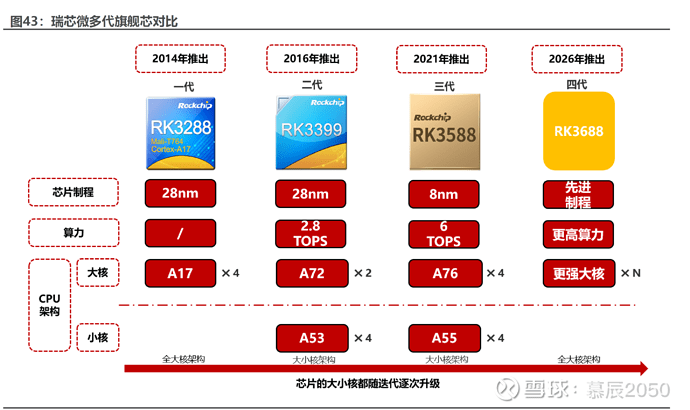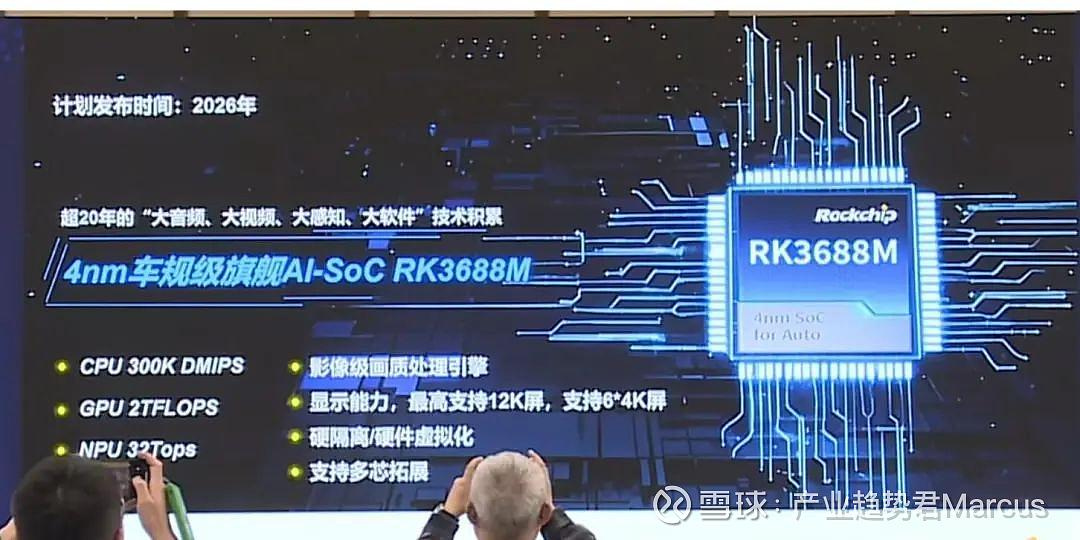The old Rock 4C+ has received new Os and drivers updates recently, one would hope Radxa would build up and maintain useful compatibility layers between different generation boards, even if the N100 x4 do some actually clever hybrid mutation embedding.
The 2040 accessed by usb with a reset button needs to be tinkered!
whilst I find new, more powerful hardware nice, wider BUS bandwith, smaller design, better airflow and cooling solutions, 4K hdmi support, etc etc. I would love to see some Musical oriented integration developing. Apple has Garageband since time immemorial, and the first Apples II had Midi DIN output like the Atari ST. Old Synthesizers cant change Baud rate dynamically or receive USB_MIDI hardware modifications. Linux KxStudio is a very good Music oriented system, to see it would run well on all kinds of boards, ARM or X86, with proper Midi support from the kernel to the ports, make it work with
known DAC, ADSm ADC, is more important than a second 8K display.
A proper Pcie port for small form factor GPUs, with a BIOS option to allow external GPUs to work
with some kind of 12V extra power monitoring, that I would pay in the 100-200$ range.
It has to beat the best low end gaming PC on one side, and the best Musicians Eurorack
enthusiast, Small podcast setups, old Apple minis can still provide for a fraction of the cost
of dedicated, high end hw.
PS: please try sometime to da a MIDI baudrate test, there’s a lot of musicians also and knowing the OS can “speak” to the GPIO at the correct 38400 Baudrate is very important info for all of us… Midi Baudrate should be in the Kernel as preset in every board by default. How does the Pico sends Midi info to Windows???


